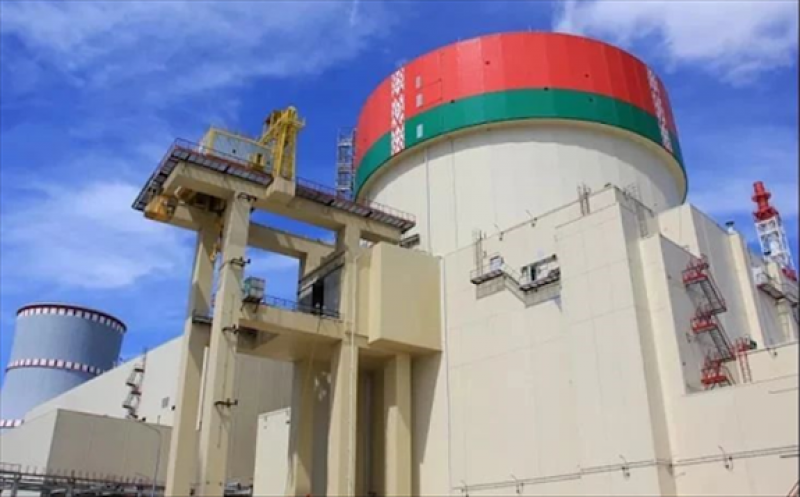The Belarus NPP on 2 June received an operating licence for unit 1 from the Emergencies Ministry. Olga Lugovskaya, head of nuclear regulator Gosatomnadzor, said the decision signalled the start of commercial operation. The Ministry’s decision to issue the operating licence was based on advice from Gosatomnadzor and the results of the examination of documents justifying its safety. The safety examination was carried out by the Joint Institute for Energy and Nuclear Research – Sosny of the National Academy of Sciences of Belarus. This also followed a period of public consultation, including a public hearing in April addressed by Russia’s Federal Inspectorate for Nuclear and Radiation Safety, Rosteknadzor.

Pilot operation of Belarus 1 was completed on 24 May following comprehensive testing over 15 days, with the unit operating at 100% capacity. Belarus NPP, located in Ostravets, Grodny region, will consist of two Russian supplied VVER-1200 power units. The plant was issued a permit for pilot industrial operation of unit 1 in December and it was connected to the grid earlier in March. Unit 2 is 85% complete and is expected to begin commercial operation in 2022. Experts of the Moscow centre of the World Association of Nuclear Operators (WANO) carried out a technical support mission in April to evaluate its operational readiness.
Lithuania continues to protest against construction of the plant, and on 2 June requested that operation of unit 1 should be suspended.
The State Inspectorate for Nuclear Energy Safety of Lithuania (Vatesi) said in a statement: "The fact of issuing a licence does not change the position of Vatesi, that it is necessary to suspend the operation of the Belarusian NPP, resolve nuclear safety problems and take the necessary measures to improve its safety."
At Lithiania’s urging, the European Commission (EC) said in a statement it is “regrettable” that Belarus has decided to start commercial operation of the plant without addressing all the safety recommendations contained in the European Union’s (EU’s) 2018 peer review of Belarus’s stress test report. The EC said it is necessary to ensure maximum safety for operation of the plant. “This is even more imperative, given its proximity to the EU border and to Lithuania’s capital Vilnius.” The EC urged Belarus to address “as soon as possible and fully” all the recommendations from the 2018 peer review, including the remaining issues not addressed in the first phase.
However, the National Action Plan (NAcP) published by Gosatomnadzor in August 2019 had been submitted to the European Nuclear Safety Regulators Group (Ensreg) This covered work in a number of areas, including seismic hazards, alternative AC power sources, emergency water supply, various safety related design characteristics and an assessment of the reliability of the passive heat removal system.
In March, Ensreg approved the preliminary report on the peer review team (PRT) of experts on the NAcP for the NPP following a visit in February. The preliminary report reviewed the measures implemented by Belarus with regard to seven issues and related recommendations from the 2018 Ensreg stress test report, which were identified as a priority by the peer review team. It concluded that, based on the information made available and a site visit in February, that progress had been made in implementing all recommendations related to the seven priority issues. The EC said adoption of the report had brought to a close the first phase of the peer review and that a second phase would cover all the other recommendations. Belarus updated the NAcP in January 2020 to incorporate recommendations and proposals of an International Atomic Energy Agency (IAEA) mission to assess the development of the nuclear energy infrastructure in Belarus (INIR 3).